
The American Kennel Club establishes standards of various dog breeds, including the Pomeranian. Before the American Kennel Club recognizes a breed, the breed has to have certain characteristics, referred to as standards of the breed, that remain stable generation after generation. Breed standards serve several functions. A dog owner buying an American Kennel Club recognized breed of dog knows how big a puppy will be when it grows up. All puppies start out small, but a Pomeranian owner knows he or she will end up with a dog that weighs in at seven pounds or less. Breed standards also predict temperament, and the owner of a Pomeranian puppy knows the grown dog will be playful, energetic and extroverted.
If you want to see you your Pomeranian compares to the show dogs that win American Kennel Club championships, grab your dog and your bathroom scale. You’re about to find out whether you have a potential champion on your hands.
Well-known, established standards for breeds encourage good breeding practices. Toy dogs have fragile skeletal systems, and preventing the breed from getting too heavy helps reduce the likelihood of injury to bones and joints. Nearly everything about the Pomeranian is covered by the standards of the breed, from the dark nose to the high, plumed tail, which, according to breed standards, must lie flat and straight against the dogs’ back. Pomeranians should have small, pointed ears, short muzzles and dark, almond-shaped eyes.
Pomeranian standards rely on proportions for definition of the Pomeranian’s body. The breed’s height from its elbows to its withers is about the same as the height from the ground to the elbows. The shoulder blade and the upper arm should be of approximately equal length. The Pomeranian has a double-coat consisting of a soft undercoat and a long, textured outer coat. The outer coat forms feathers on the legs and a frill around the shoulders and chest.
A soft, flat or open coat is a major fault that leads to disqualification.The standard of the breed permits the Pomeranian to be virtually every color, and all colors and variations must be judged equally. Common Pomeranian patterns include black and tan, brindle and parti-color. With black and tan, light patches appear above the eyes, on the muzzle, throat, chest, legs, feet, and under the tail. A brindle coat has a gold or red base with bold black stripes. A parti-color Pomeranian is white with patches of any other color, although a white blaze on the head is preferred.
In specialty shows, Pomeranian dogs are categorized into three different groups according to the color combinations of their coats. Red, orange and sable dogs are judged together while black and brown dogs are judged in a second group, and other variations are judged in a third group.
The AKC also judges a dog’s temperament. The Pomeranian should be confident, intelligent and extroverted, spirited and full of personality. Breed standards define the dog and promote predictability. The American Kennel Club makes Pomeranian breed information available to anyone who wants to know what a champion Pomeranian looks like.
Get more info and advice on the Pomeranian or a full list of dog breeds at this Dog Behaviour website.
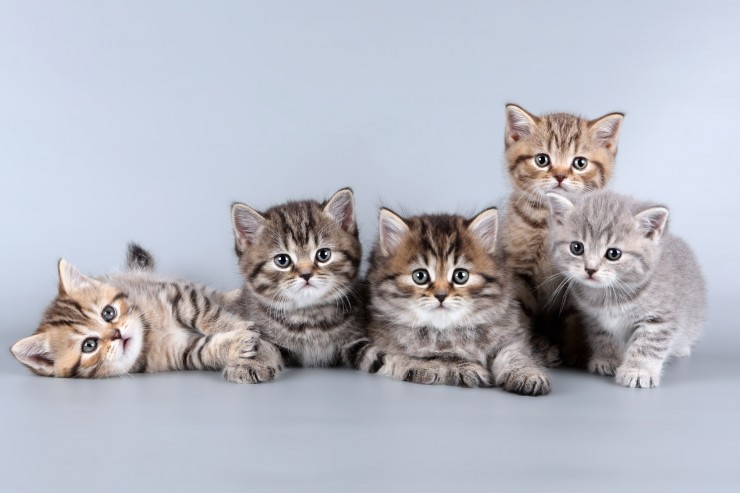 Five Often Overlooked Financial Costs Of Cat Ownership
Five Often Overlo
Five Often Overlooked Financial Costs Of Cat Ownership
Five Often Overlo
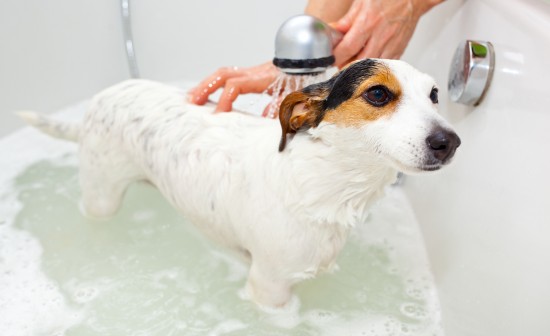 5 Dog Grooming Myths Demystified
5 Dog Grooming My
5 Dog Grooming Myths Demystified
5 Dog Grooming My
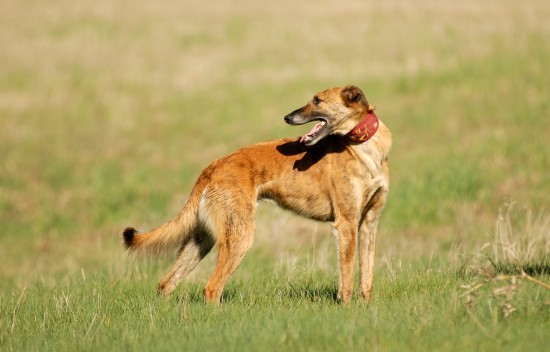 Is A Longdog The Right Choice Of Pet For You?
Is A Longdog The
Is A Longdog The Right Choice Of Pet For You?
Is A Longdog The
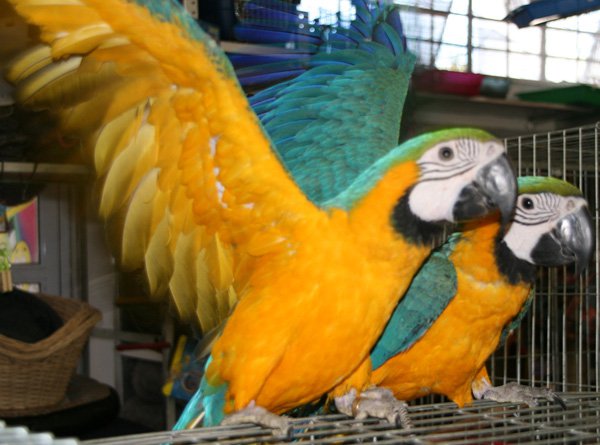 The Different Benefit of Portable Chicken Coops for your Feathered Pet
The Different Benefit of Portable Chicken Coops for your F
The Different Benefit of Portable Chicken Coops for your Feathered Pet
The Different Benefit of Portable Chicken Coops for your F
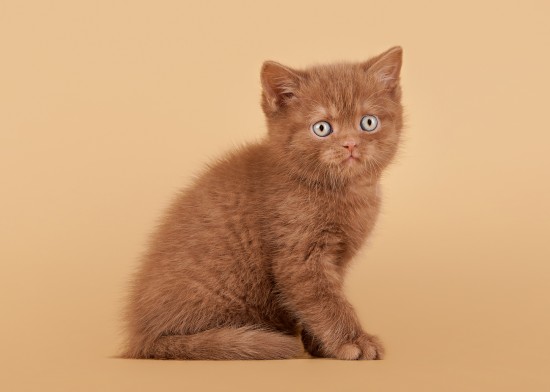 Cat Genetics Part Four - Coat Colour - The Easy Version
Cat Genetics Part
Cat Genetics Part Four - Coat Colour - The Easy Version
Cat Genetics Part
Copyright © 2005-2016 Pet Information All Rights Reserved
Contact us: www162date@outlook.com